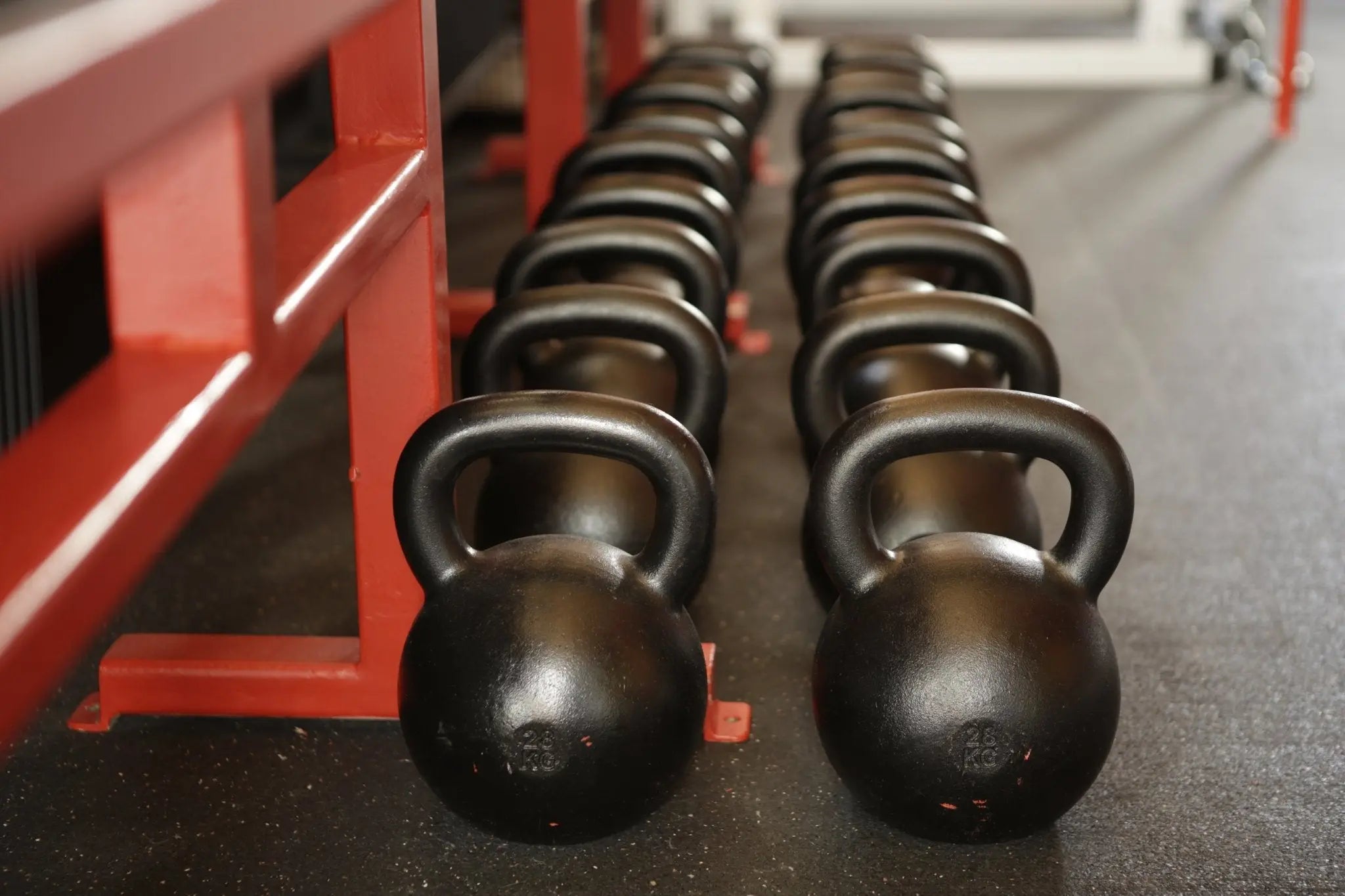
How Much Weight Is Four Plates
Understanding the weight of plates in the gym can be a complex task, especially for beginners. The term 'four plates' often causes confusion, as it doesn't directly translate to a specific weight. This article aims to demystify this term and provide a comprehensive understanding of what 'four plates' means in the context of weightlifting.
Understanding Gym Lingo
Before diving into the specifics of 'four plates', it's important to understand the lingo used in the gym. The term 'plate' refers to the large, round weights that are added to the ends of a barbell. These weights come in various sizes, with the most common being 45 pounds (20.4 kg) in the United States and 20 kilograms (44 lbs) in many other countries.
When someone refers to 'four plates', they typically mean four plates on each side of the barbell. Therefore, 'four plates' would equate to eight plates in total. However, this is not always the case, and it's essential to clarify this with the person using the term to avoid any confusion.
Calculating the Weight of Four Plates
Standard Plate Weights
The weight of 'four plates' depends on the standard weight of the plates being used. In the United States, the standard weight for a plate is 45 pounds. Therefore, 'four plates' would equate to 360 pounds (45 pounds x 8 plates). However, this does not include the weight of the barbell, which typically weighs 45 pounds. So, the total weight lifted when someone refers to 'four plates' in the U.S. would be 405 pounds.
In many other countries, the standard weight for a plate is 20 kilograms. Therefore, 'four plates' would equate to 160 kilograms (20 kg x 8 plates). Again, this does not include the weight of the barbell, which typically weighs 20 kilograms. So, the total weight lifted when someone refers to 'four plates' in these countries would be 180 kilograms.
Variations in Plate Weights
It's important to note that not all plates weigh the same. There are lighter and heavier plates available, and the weight of 'four plates' can vary depending on the plates being used. For example, if someone is using 35-pound plates, 'four plates' would equate to 280 pounds (35 pounds x 8 plates) plus the weight of the barbell.
Similarly, if someone is using 25-kilogram plates, 'four plates' would equate to 200 kilograms (25 kg x 8 plates) plus the weight of the barbell. Therefore, it's essential to know the weight of the plates being used when calculating the weight of 'four plates'.
Importance of Knowing Plate Weights
Understanding the weight of plates is crucial for several reasons. First, it allows you to accurately track your progress. If you're lifting 'four plates' but don't know how much that equates to, it's difficult to measure your improvement over time.
Second, knowing the weight of plates can help prevent injuries. Lifting weights that are too heavy for your current strength level can lead to strain or injury. By knowing the weight of the plates you're lifting, you can ensure you're lifting a weight that's appropriate for your fitness level.
Conclusion
In conclusion, the weight of 'four plates' depends on the weight of the plates being used and the country in which you're lifting. In the U.S., 'four plates' typically equates to 405 pounds, including the weight of the barbell. In many other countries, 'four plates' typically equates to 180 kilograms, including the weight of the barbell.
However, these weights can vary depending on the weight of the plates being used. Therefore, it's essential to know the weight of the plates you're lifting to accurately calculate the weight of 'four plates'. By understanding gym lingo and the weight of plates, you can accurately track your progress and prevent injuries.





